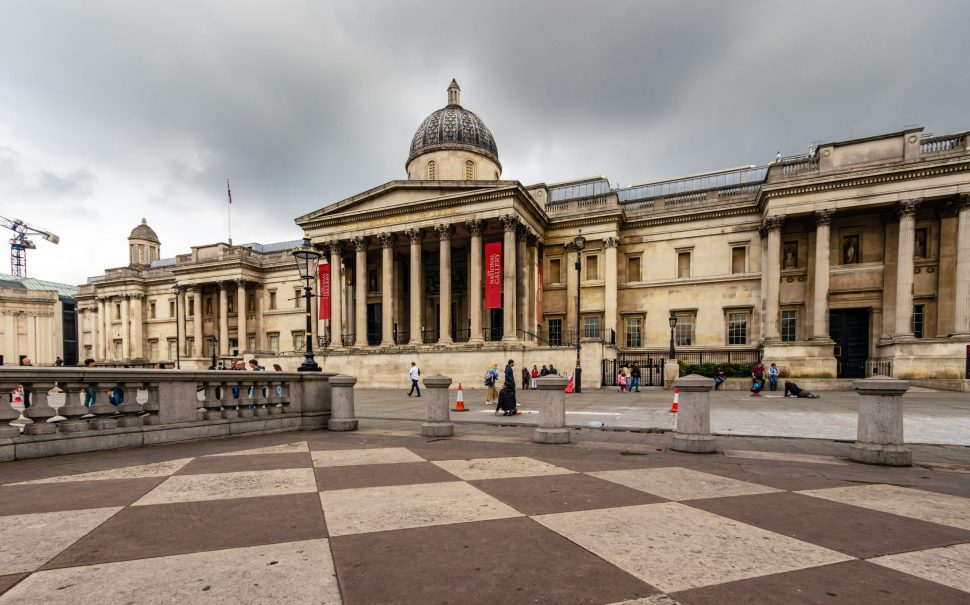Affordable leisure reflects more than cost.
It reveals how communities adapt their cultural traditions, geography, and social habits to create accessible activities.
The reasons behind these choices are often rooted in centuries of local practice or shaped by the environment, making each form of low-cost entertainment distinct to the place where it thrives.
Public cultural spaces with deep historical links
In cities with long-standing artistic traditions, public galleries and museums remain at the centre of low-cost cultural life.
London’s free-entry National Gallery and Tate Modern are a continuation of a British approach that sees art as a public right, shaped by Victorian ideals of education and civic pride.
Similar attitudes in European capitals such as Paris and Rome keep national museums free or discounted on specific days, echoing a belief that heritage belongs to everyone.
In Seoul, cultural pavilions and historic palaces open sections without charge, reflecting a Confucian emphasis on learning through shared cultural memory.
Outdoor activities shaped by landscape
Regions with generous public green space or striking natural settings often place outdoor recreation at the heart of affordable entertainment.
London’s network of royal parks, from Hyde Park to Richmond Park, stems from historic royal hunting grounds that later became public.
The tradition of walking and open-air gatherings continues, giving residents a zero-cost way to socialise or take part in seasonal festivals.
In Australia, botanical gardens and waterfront parks turn into cinema venues in summer, using mild evening weather to create open-air events that feel tied to the land itself.
Melbourne’s extensive street art culture thrives outdoors as well, reflecting the city’s long-standing embrace of public creative expression.
Music and performance rooted in community identity
Where music is woven into local identity, low-cost live performance becomes part of daily life. London’s smaller venues and pub backrooms host jazz, folk, and open-mic nights at minimal or no entry, a continuation of Britain’s tradition of live pub music stretching back to the folk revival of the 1960s.
In Latin American cities, the street doubles as the stage because music and dance have historically been community expressions rather than theatre-bound art forms.
Markets in Buenos Aires or festivals in Rio include live bands without tickets, keeping the performance connected to the public rather than confined to formal venues.
Festivals that carry tradition into public spaces
Festivals often bridge historical customs with modern city life while remaining affordable.
In London, the Notting Hill Carnival brings Caribbean culture into the streets, its roots tied to post-war migration and community solidarity.
In Spain, neighbourhood fiestas bring music, food, and dance into public squares, continuing centuries-old celebrations linked to local patron saints.
In Tokyo, seasonal matsuri processions combine Shinto rituals with modern street festivities, turning the city into a moving celebration without gate fees.
The draw is not only the performance but the preservation of cultural continuity in a shared space.
Affordable digital and interactive formats as modern adaptations
In regions where online connectivity is strong, digital services have reshaped how people access entertainment at a predictable cost.
Streaming platforms and subscription-based gaming provide vast libraries for a fixed fee, offering the same convenience once associated with local cinemas or rental shops, yet without the high per-item charges.
This model fits easily into modern schedules, allowing people to engage with content whenever they choose rather than at set times.
Within this broader shift, Australia has shown a clear preference for platforms that combine accessibility with variety.
For casual players looking to keep things affordable, a $20 minimum deposit casino offers an easy entry point without breaking the bank, while still providing access to a wide range of pokies, table games and specialty titles.
These platforms are frequently highlighted in expert comparison guides that evaluate payment methods, usability, and overall game selection.
With support for multiple transaction options, they appeal to both domestic and international users, reflecting Australia’s strong cultural and economic ties abroad.
Markets and food events as social anchors
Markets serve as more than shopping venues in regions where food culture is central to community life.
In Australia, farmers’ markets combine produce sales with live demonstrations, music, and artisan stalls, continuing a tradition of agricultural fairs that predate supermarkets.
In Bangkok, night markets operate as both commercial and cultural hubs, where performances and games sit alongside street food, echoing the city’s history as a river trading post.
European weekend markets often feature street theatre and busking, drawing on medieval traditions of trade fairs where commerce and performance shared the same space.
Reflection on global budget-friendly choices
Budget-friendly entertainment flourishes when it reflects the identity and resources of the place.
Whether rooted in centuries-old traditions, shaped by natural landscapes, or adapted to digital formats, the most enduring activities are those that match local culture with accessibility.
The connection between a region’s heritage, environment, and social fabric ensures that affordable leisure is never generic, but instead carries the distinct character of the communities that create it.
Featured image: Free to use from Unsplash





